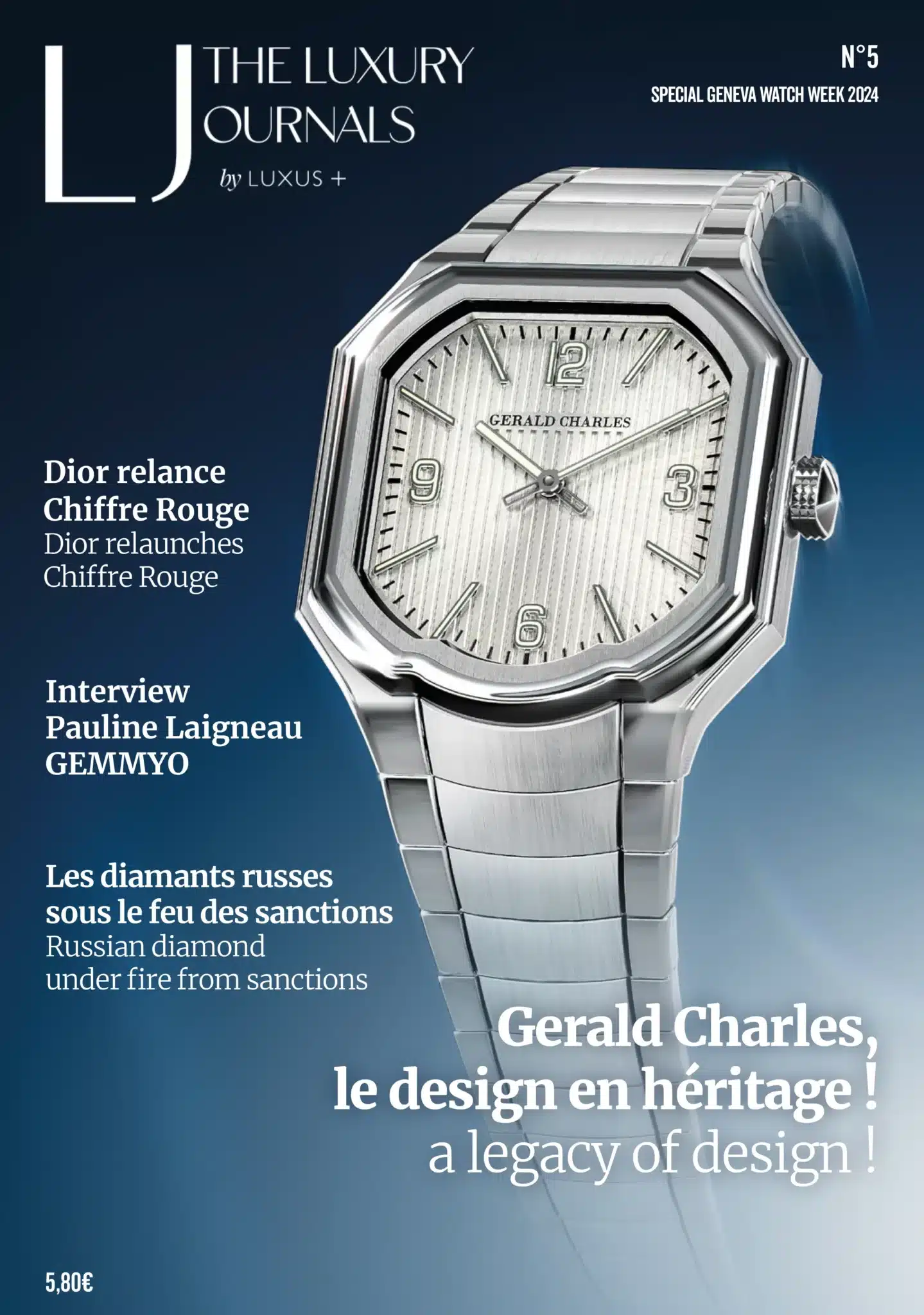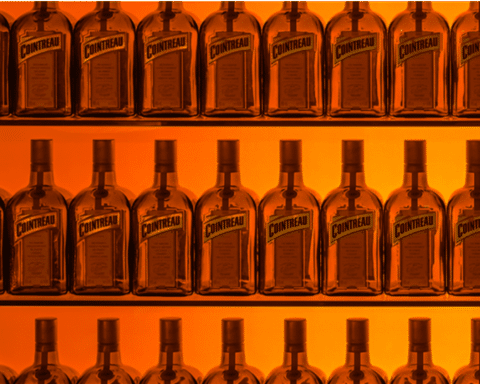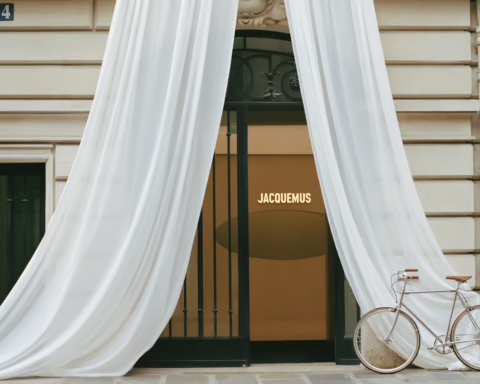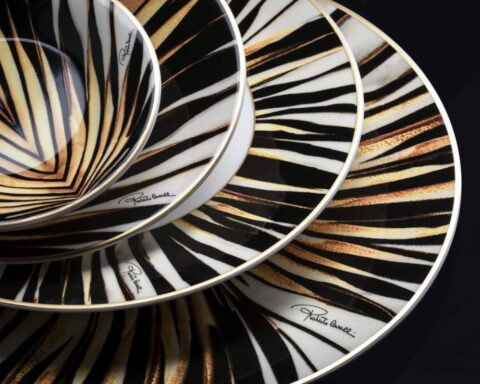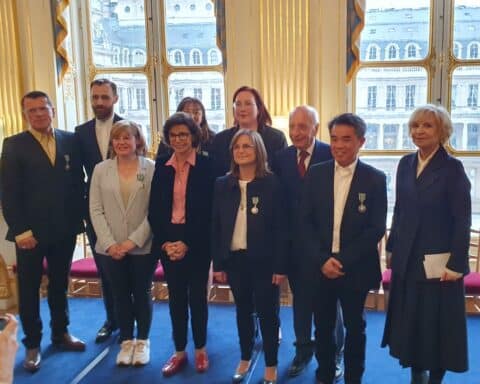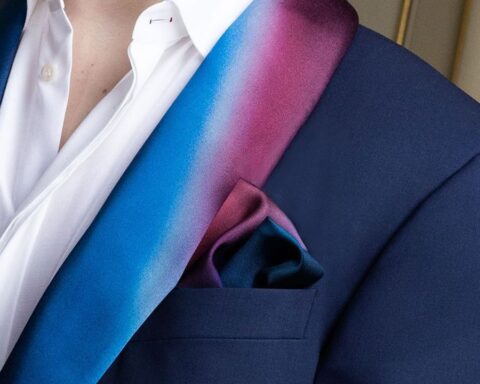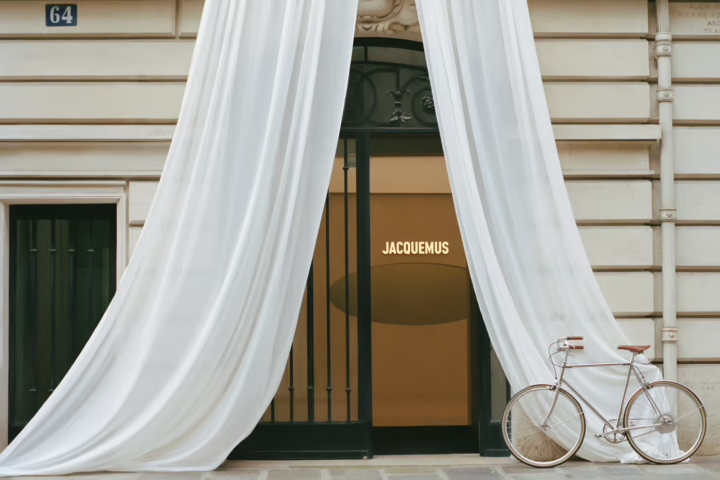[vc_row njt-role-user-roles=”administrator,armember”][vc_column][vc_column_text]
Affected severely by store closures and not really responsive to e-commerce, the jewelry industry is one of the luxury segments that has suffered the most from the consequences of the health crisis. To recover, it will have to face new issues and rise to the challenge of digital transformation and a more ethical, value-creating luxury.
The pandemic, a hard blow for the luxury jewelry market
Economic and social closures have had a significant impact on the jewelry industry and have affected every stage of the supply chain – from mining companies to major jewelry brands around the world.
The watch and jewellery division of LVMH, a French luxury conglomerate, has seen a 30% drop in its stock market valuation, due in particular to a drop in Chinese demand, which generally represents 30% to 50% of the revenues of European luxury companies.
The Richemont group, at the head of brands such as Cartier, Vacheron Constantin and Piaget, sold it 18% less this year, with an even greater decline in its watchmaking division, “of around 24%” according to René Weber, an analyst for the Vontobel bank.
In terms of production, the major mining companies have voluntarily lowered their level of activity, anticipating the reduction in demand worldwide.
The organizers of jewelry fairs, for their part, have resolved to postpone or cancel their events around the world in order to curb the spread of the epidemic. For example, the Hong Kong International Diamond, Stone and Pearl Show and the Hong Kong International Gem Show, both scheduled for March, have been rescheduled for May.
Swatch cancelled its “Time to Move” event, scheduled for the end of February/beginning of March in Zurich, Switzerland, “in order to avoid its partners travelling internationally in an unsafe climate.”
This is a major hardship, but one that should serve as an “electroshock” for the sector and help “get houses moving” says Marie Marchant, a partner in the consulting firm MAD.
Rethinking its digital strategy, the challenge of online jewelry in the Covid-19 era
Luxury watchmaking and jewellery could seize the opportunity of the coronavirus crisis to “rethink their customer engagement methods, whether through the approach of the different distribution channels, the balance of the product offer, the role of the major sellers and the online points of contact“, according to the MAD report “A Question of Category: from watchmaking and jewelry to beauty” .
Merchants and retailers, most of them closed, have indeed had to look beyond their physical network and rely more on online distribution channels to stabilize their revenues and cover losses.
The French brand Courbet, for whom the containment period froze all physical sales for two months, thus had no choice but to focus on online sales: “Many people have discovered our concept in recent weeks via our website” says Manuel Mallen, co-founder of the company, who believes that in the long term, the Web will be by far the main sales channel. “In three years’ time, Courbet is aiming for a turnover of 30 million euros, 70% of which will be achieved online” he continues, with confidence.
The crisis has therefore led brands relying mainly on the retail sales channel to review their investments and complete their system with a more advanced digital strategy.
The Courbet jeweller has decided to go even further by investing part of its capital to enrich the platform with functionalities based on 3D video and augmented reality: from now on it will be possible to personalize your purchase from your screen and choose a ring in conditions similar to those of a physical store.
In addition, the drop in in-store customers due to the fear of the virus will also force brands to rethink their flagships, for example by reclaiming space to organise live shows in order to present the jewellery to customers remotely.
Another strategy will be for brands to play a balanced game between physical and digital, by strengthening retail to reach their customers directly, while rebuilding their wholesale network to focus on the best partners.
Accessible jewellery, “responsible” diamonds: the shift towards sustainability
The uncertainties resulting from Covid-19 have made the jewellery sector a luxury out of reach for most people.
The authors of the study carried out by MAD point out that “the global decline in purchasing power will certainly be one of the effects of the coming economic crisis and will impact both the Western and Asian middle classes“.
As a result, the jewelry offer will have to develop more accessible collections and strengthen its iconic lines, at the cost of very high-end and exceptional pieces, especially since the major events (galas, parties, weddings) where jewelry was usually displayed, have been increasingly rare lately.
Simultaneously, there has been a growing demand for greater transparency and durability, initiating a profound change in the jewelry industry.
The interest in synthetic diamonds and Made in France products has thus known a resurgence and jewelry brands have had to adapt their luxury image to products that are more in line with contemporary values.
As a result, De Beers, the world’s largest diamond producer, has more than ever relied on its Lightbox jewelry brand, which showcases synthetic diamonds using “revolutionary technology“, and world’s largest jewellery maker by volume, Pandora, has announced that it will soon use only 100% recycled gold and silver in the design of its products. As for the Italian company Bulgari, mainly active in luxury jewelry, it is preparing to unveil a new traceability program for its signature colored stones and diamonds.
Finally, at a time of health crisis, consumers are increasingly questioning the integrity of the products they buy, and this is particularly the case in the jewelry sector where purchases are extremely personal and emotional.
In this context, the Parisian luxury jeweller Dinh Van has recently renewed his interest in the sentimental value of jewellery for the new generations, which must above all serve to communicate with others and transmit different intentions or feelings ; “the jewellery must reflect the personality of the person who wears it” according to Jean Dinh Van.
As symbols of wealth and success are challenged, as collective attention focuses on sustainable solutions and as connected consumers adopt new behaviors, the jewelry market must respond to these new challenges and redefine itself.
Read also > Chanel predicts the end of the luxury crisis in 2022
Featured photo : © Cartier
[/vc_column_text][/vc_column][/vc_row]


